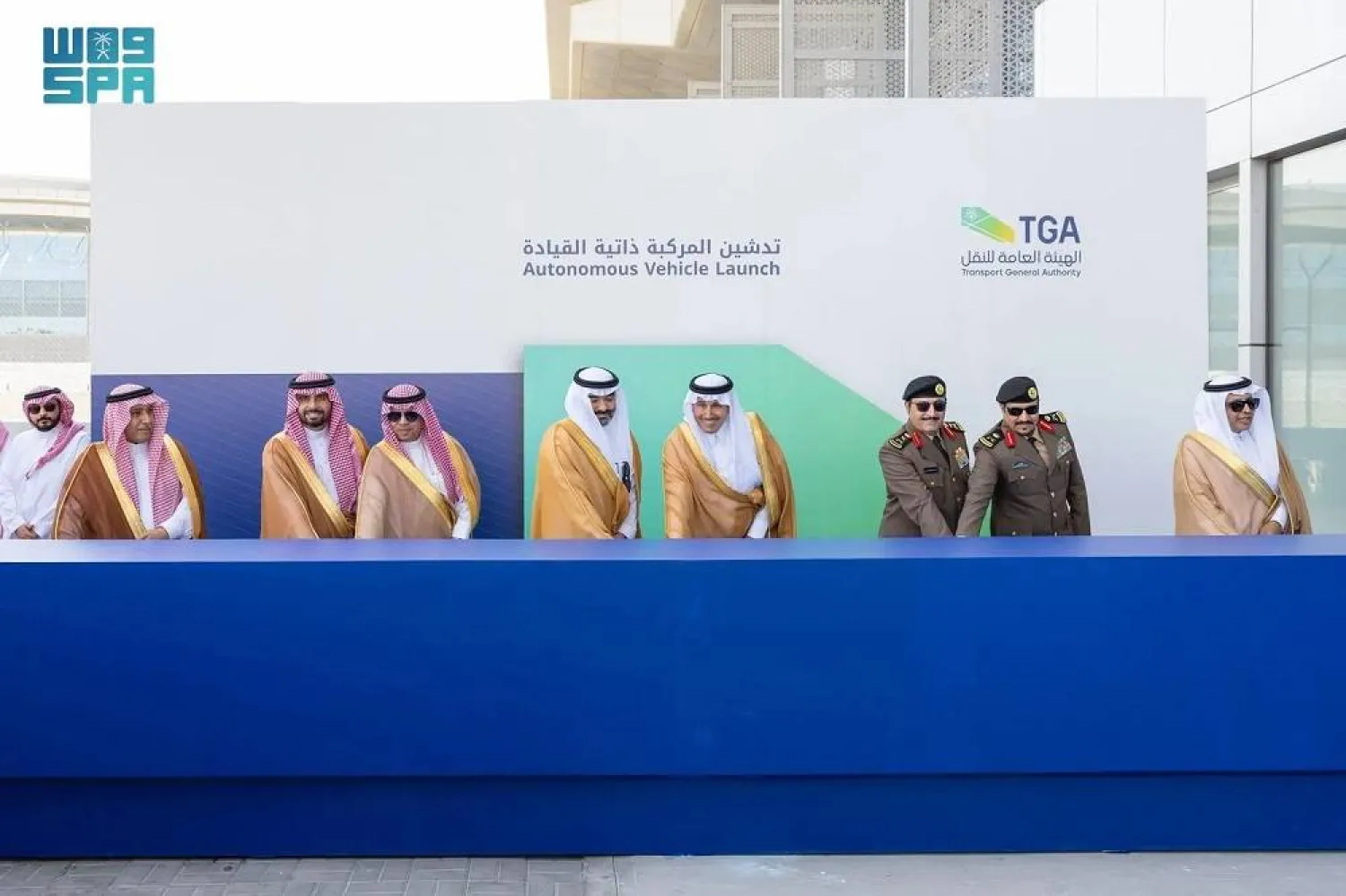A Japanese-US research team has made a major step towards treating spinal cord injuries by designing artificial neurons that can replace biological cells, after they created a robot that resembles a snake in both its shape and movements.
During the study published in the Atlantis Press Journal on April 12, the researchers managed to simulate the so-called "central pattern generation networks" (CPG) in the spinal cord, found in humans and snakes. CPGs are neuronal circuits that are responsible for walking, breathing, swimming.
Previous studies sought to develop animal-like robots replicate inspired by the central pattern generation networks models, but with no the biological simulation achieved by the researchers from the University of Bordeaux and the University of Tokyo.
"By using a digital neural system, we managed to efficiently simulate the biological behavior of a snake. The robot included two main components: one that acts like the brain and another that acts like the body; the signal kicks off from the brain and propagates all over the body; these processes are controlled by the central pattern generation network," Timothée Levi, the study lead author, told Asharq Al-Awsat.
In Levi's opinion, the most meaningful aspect of the study is that they tried to be faithful to biology, as the robot they designed has the same features of a real snake in terms of motor patterns and reaction to noises, which makes it highly efficient for researches seeking a better understanding of the behavior of reptilians.
"This is a just another application of the robot; but the main objective of this research was to develop a robot for biomedical applications, especially spinal cord injuries. We are now planning to add more intelligence in the robot's brain with learning rules, as well as using the different sensors. Moreover, one of our long term goals is to combine living neurons," Levi concluded.







